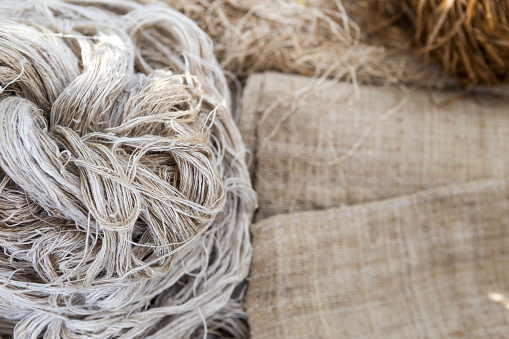Introduction: Hemp Cultivation in India
Cannabis sativa, sometimes called industrial hemp, is a member of the Cannabaceae family of plants as industrial hemp. It is a member of the Cannabaceae family of plants is a member of the Cannabaceae family of plants that are grown for their edible seeds or bast fibre. Some people confuse hemp with the cannabis
Hemp is a robust, fragrant, upright annual herb. The hollow stalks, except for the tip and base, are thin and cane-like. The blooms are tiny and greenish-yellow, and the leaves have a complex, palate structure. Upon that pistillate, or female, plants, seed-producing flowers develop in elongated spikelike clusters. With staminate, or male, plants, pollinating flowers cluster into many-branched collections.
Indian Hemp
Indian hemp, often known as hemp dogbane, is a North American species of the Apocynaceae dogbane family (order Gentianales). It is a perennial with branches that may reach a height of 1.5 m (5 ft), and it has tiny, opposite, smooth leaves and greenish-white blooms. Indians made bags, carpets, nets, and cordage out of the stem’s fibres.
The dehydrated roots of Indian hemp and a similar plant (A. androsoemifolium) are useful to generate a medicine that serves as a cardiac stimulant. Its milky liquid, or latex, produces rubber. Indian hemp is another name for the actual hemp plant, Cannabis sativa. Hemp Cultivation in India is now permissible in Uttarakhand.
Hemp Cultivation in India
Hemp is a simple natural resource that may be useful to make more than 25,000 different goods. The reason hemp is usually recognised is that it is a new, trillion-dollar crop that can be for processing it into a variety of goods, including hemp paper, insulation, biofuel, biodegradable plastics, hemp protein powder, textiles, clothing, paint, food, and livestock feed. Major brands have used it to supply various items.
India is a pioneering organisation that is refocusing hemp growing initiatives across all of the states and vigorously advocating for hemp cultivation in India, which should be for endorsing the government as entrepreneurs enter this multi-billion-dollar market. The resurgence of hemp, a centuries-old cultural crop, has the potential to transform the lives of many Indian farmers.
Cultivation and Production of Hemp
Hemp was first grown and processed in Central Asia. As early as 2800 BCE, hemp cultivation for fibre was early documented in China. It was also cultivated in the Mediterranean nations of Europe at the beginning of the Christian period, and during the Middle Ages, it expanded to the rest of Europe. It was first established in Chile in the 15th century and in North America a century later.
Hemp is an annual plant that may grow up to 5 metres tall that is for production in temperate regions from seeds (16 feet). Throughout the growing season, crops require a monthly average precipitation of at minimum 65 mm (2.5 inches) on sandy loam with sufficient drainage. Plants grown for fibre are intensively sown, typically 2-3 metres (6-10 feet) tall, and have practically little branching.
Oilseed plants are shorter, more branching, and planted farther apart. When producing fibre, it is best to harvest as soon as the plants mature, seen by their full flowers and freely discharging pollen in the case of male plants. This will result in the highest quantity and quality of fibre.
Products and Uses of Hemp
The fibre, which is lengthier but less flexible than flax, is often yellowish, greenish, or a deep brown or grey. It is rarely coloured since it is difficult to bleach to light enough tones. It is useful for artificial sponges, cordage (such as twine, yarn, rope, and thread), coarse textiles such well as such coarse textiles as burlap and canvas since it is sturdy and long-lasting.
Specially treated hemp may be useful to create fabric for apparel that resembles linen because of its pale colour and alluring glitter. Shoes made using hemp fabrics. Depending on the composition, hemp fibre is useful to create both recyclable and degradable bioplastics that are both recyclable and degradable. Hemp cultivation in India is only allowed for use in food production.
The edible seeds are rich in magnesium, fibre, and protein and have around 30% oil by weight. It can be usually obtained via hemp seed oil manufacturers. Hemp seeds that have been mostly shelled, also known as hemp hearts, are mostly promoted as a healthy meal and can be usually consumed raw. They are frequently sprinkled over salads or added to fruit smoothies. Dairy milk is usually substituted with hemp seed milk in beverages and recipes.




Recent Comments